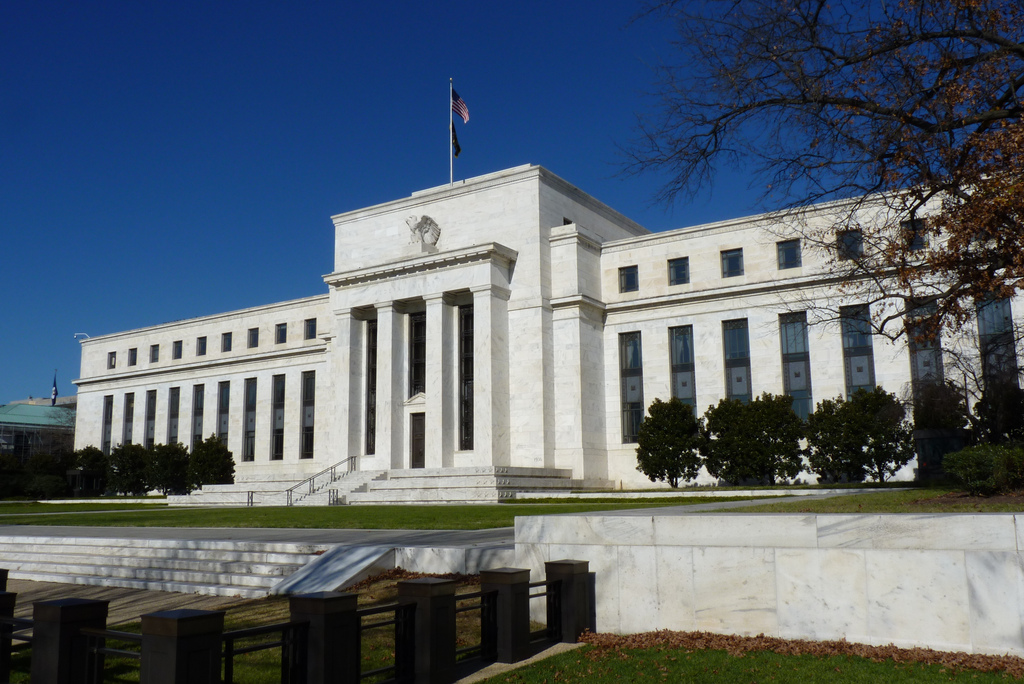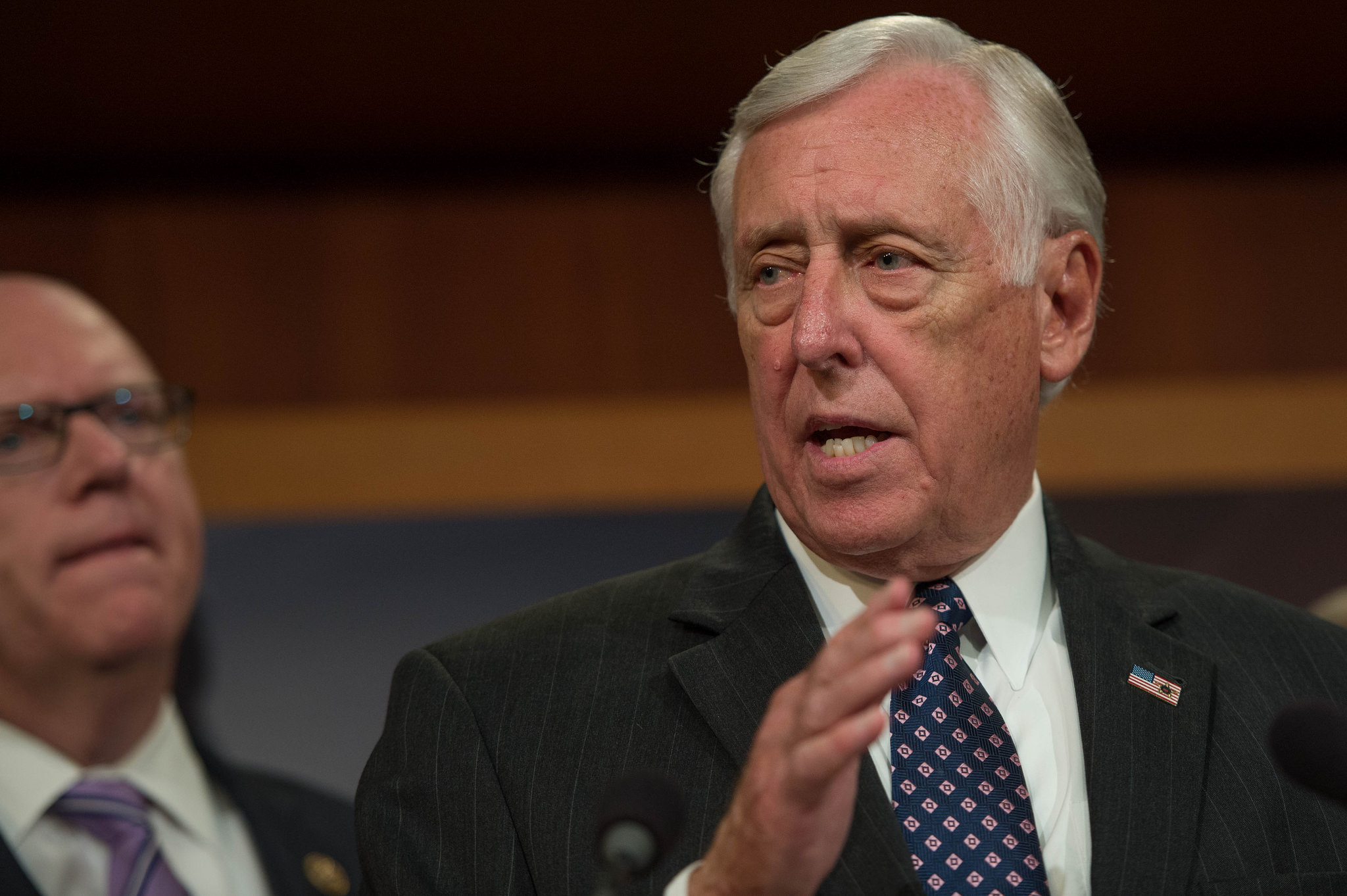After surging through much of 2018, U.S. gross domestic product (GDP) growth is now easing quite rapidly. The Commerce Department’s report last week showed the economy lost momentum at the end of last year, slowing as the stimulus from the $1.5 trillion Tax Cuts and Jobs Act (TCJA) ebbs and the costs of the 35-day government shutdown take effect with a lack of government spending.
GDP in the fourth quarter of 2018 expanded at a 2.6 percent rate, slowing from the third quarter’s brisk 3.4 percent pace. This brought the annual economic growth rate down to 2.9 percent in 2018. While nearly three percent growth is still good, it is much less that what has been alluded to by President Donald Trump as the “greatest” economy ever.
Globally, while trade tensions between the U.S. and China are less agitated than in months prior as both world powers appear more likely to reach a trade agreement, slowing economies worldwide show that domestic activity in the U.S. and elsewhere is hurting.
The latest forecast for domestic growth in the first quarter of 2019 is now predicted to be grim. According to the Atlanta Federal Reserve’s GDPNow model, economic growth for the first three months of the year sits at just 0.3 percent. The New York Fed’s Nowcast report has GDP growing at a dismal 0.88 percent for the same financial quarter.
Some figures also show evidence that the U.S. housing market, now over 10 years past the meltdown of 2008, could begin to slow once more. Mortgage rates, which climbed throughout the duration of 2018, will continue to rise in 2019, driving up homebuyers’ borrowing costs, shutting out others with flat incomes.
The housing market stalled in 2018 after a long period during which price increases outpaced income growth. That had been offset by historically-low mortgage rates, until rates began rising steadily a year ago.
Nevertheless, the U.S. central bank, after instituting four interest rate increases last year, has none scheduled yet for 2019. If first-quarter numbers are indeed below one percent, however, they could begin dropping rates to boost growth.
Apart from domestic growth, one of the better economic figures to come out of last year – which was wage growth at a 3.2 percent year-over-year gain – could continue as the labor market tightens.
Ahead of the February jobs report set to be released Friday, the hope is to build on over 300,000 jobs created during the first month of 2019. Recently, economists believed the U.S. was edging near “full employment,” but the numbers show that prospective workers still have confidence in employers hiring in a tightening job market.
Furthermore, The Confidence Board reports that the Consumer Confidence Index (CCI) increased in February, following a decline in January – now standing at 131.4, up from 121.7 last month. The Present Situation Index, which is built upon consumers’ assessment of current business and labor market conditions, improved from 170.2 to 173.5 in February. As well, the Expectations Index, based on consumers’ short-term outlook for income, business, and labor market conditions, increased from 89.4 in January to 103.4 this month.
In all, while GDP may be slowing, the figure is only part of the nation’s economic portfolio. Presumably, Americans will take a dip in economic output for wage increases, less citizens on welfare, and employers that continue to hire.






